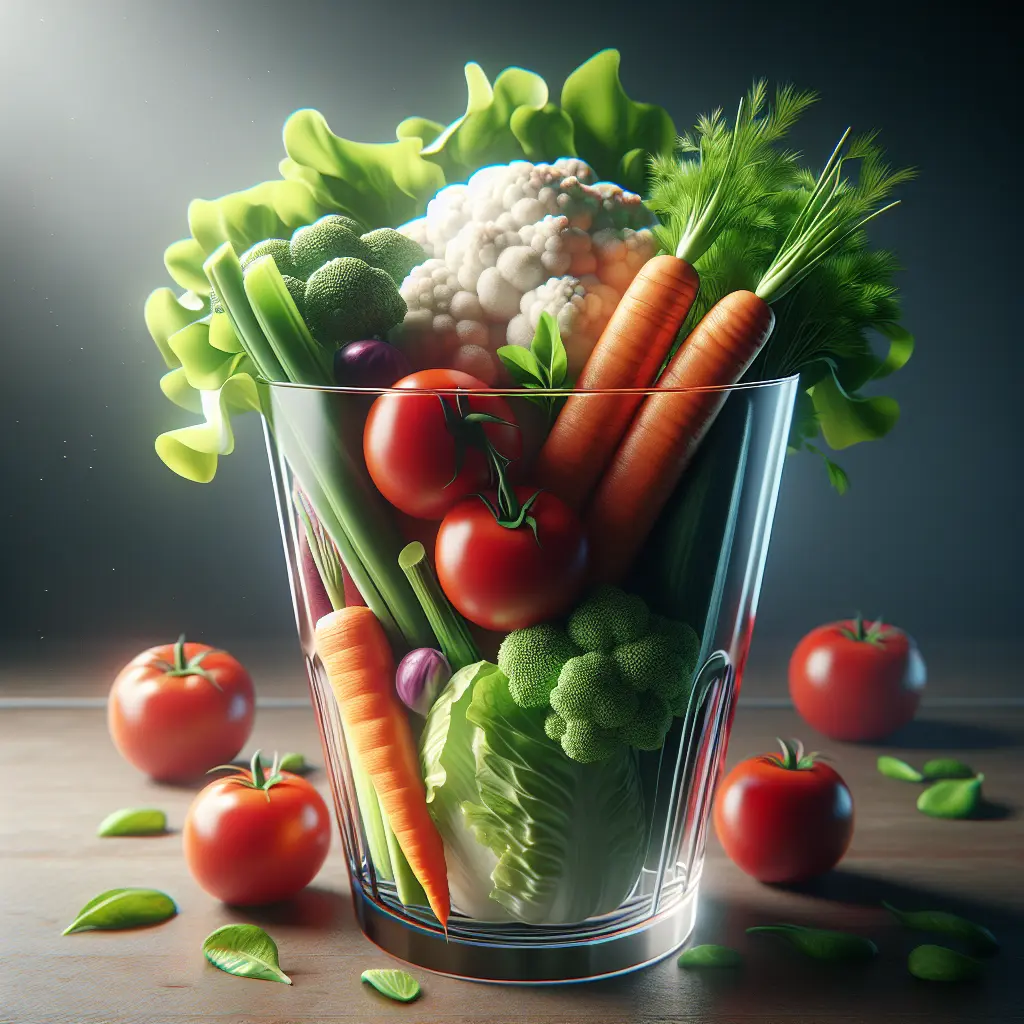Raw Vegetables: A Nutritional Powerhouse
Raw vegetables, in their uncooked and unprocessed state, are nutritional powerhouses that offer a myriad of health benefits. Their low-calorie content makes them an ideal addition to weight management plans, while their rich fiber content promotes satiety and supports a healthy digestive system. Moreover, raw vegetables are abundant in essential vitamins, minerals, and antioxidants, which play crucial roles in maintaining overall health and well-being.
Among the most notable nutrients found in raw vegetables are vitamin C, which boosts immunity and protects cells from damage, and potassium, which helps regulate blood pressure and maintain fluid balance. Additionally, raw vegetables are excellent sources of folate, a B vitamin that is essential for cell growth and development, and beta-carotene, an antioxidant that the body converts into vitamin A, which is vital for eye health and immune function.
- Low in calories and fat
- Rich in fiber, vitamins, and minerals
- Support weight management and digestive health
- Boost immunity and protect against chronic diseases
Culinary Versatility of Raw Vegetables
Beyond their nutritional prowess, raw vegetables offer remarkable culinary versatility. Their vibrant colors and crisp textures add eye-catching appeal and freshness to any dish. From salads and crudités to stir-fries and smoothies, raw vegetables can be incorporated into a wide array of culinary creations.
Salads, a staple of healthy eating, provide an excellent platform to showcase the diverse flavors and textures of raw vegetables. Crisp lettuce, juicy tomatoes, crunchy cucumbers, and sweet bell peppers can be combined with a variety of herbs, seeds, and dressings to create a refreshing and flavorful meal. Crudités, simply sliced or cut raw vegetables served with a dip, offer a delightful and healthy snack or appetizer.
Stir-fries, a popular cooking method in many cultures, allow raw vegetables to retain their vibrant colors and nutrients. By quickly sautéing vegetables over high heat with a flavorful sauce, stir-fries create a medley of textures and flavors that tantalize the taste buds. Smoothies, a convenient and delicious way to consume fruits and vegetables, can be easily made with raw vegetables such as spinach, kale, or carrots, blending them with fruits, yogurt, and ice to create a nutrient-packed beverage.
- Add color, texture, and flavor to dishes
- Can be incorporated into salads, crudités, stir-fries, and smoothies
- Suitable for various cooking methods, including salads, crudités, stir-fries, and smoothies
- Easily incorporated into a wide range of culinary creations
Embracing Raw Vegetables for Optimal Health
Incorporating raw vegetables into your daily diet is a simple yet effective way to enhance your overall health and well-being. Their nutritional richness, coupled with their culinary versatility, makes them a valuable addition to any meal plan. Embrace the vibrant world of raw vegetables and unlock a world of culinary delights and nutritional benefits.
How many calories are in Raw Vegetables?
Each 1 cup of Raw Vegetables contains 34 calories.
Raw Vegetables Nutritional Information
| Nutrient | Amount per 1 cup (103g) |
|---|---|
| Calories | 34 Calories |
| Protein | 1.7g |
| Fat | 0.3g |
| Saturated Fat | 0.1g |
| Cholesterol | 0mg |
| Carbohydrates | 7.1g |
| Dietary Fiber | 2.5g |
| Sugar | 3.3g |
| Sodium | 0.037mg |
| Potassium | 0.298mg |
| Calcium | 0.028mg |
| Iron | 0.0005mg |
